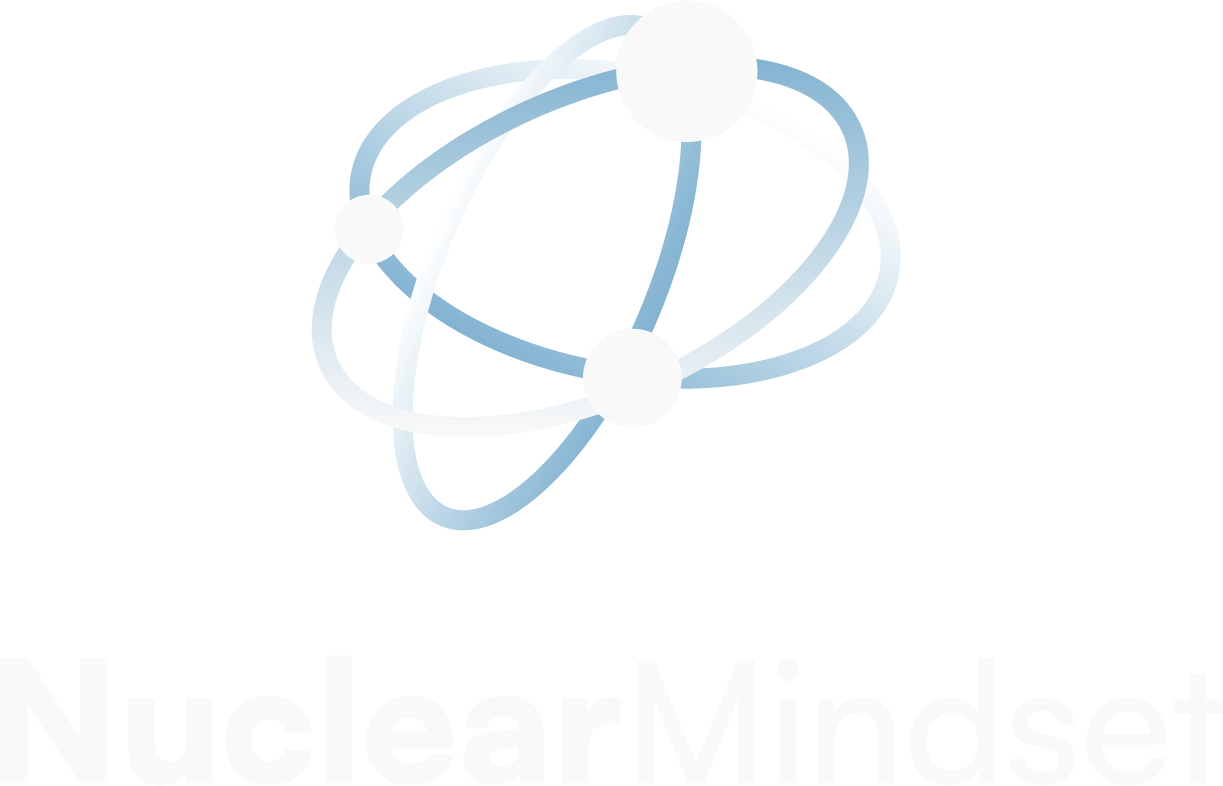When only excellence will suffice
The Nuclear Mindset Method
At Nuclear Mindset, our approach to organizational success is not just a methodology – it’s a mindset. Rooted in the principles of the United States Naval Nuclear Propulsion program and refined through years of experience, the Nuclear Mindset Method is a proven framework for driving operational excellence in organisations across a range of industries.
A nuclear mindset embodies an insatiable drive for continuous improvement and a steadfast commitment to the highest standards.
Consulting
Discover our range of consulting services tailored to drive organisations towards operational excellence.
Training
Our dynamic training programs are designed to enhance leadership capabilities and foster a culture of continuous improvement.
Keynotes
Elevate your event with an interactive and engaging keynote delivered by Dale Heinken.
